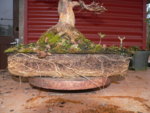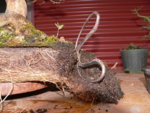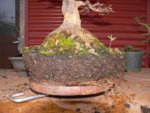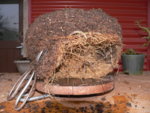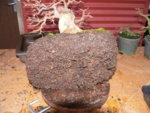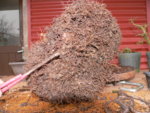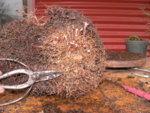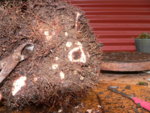Clicio
Masterpiece
Hi folks,
Sometimes the answers to simple questions are so ambiguous, or even contradictory, I think it is better to ask here first.
Every time I find circling roots tightly packed around a pot, I get the impression that even being as careful as possible untangling them is not the best approach.
It can take hours, the roots get damaged anyway, they can dry fast during the process, and in the end... I cut the hanging half of the rootball off.
Should I simply cut the circling ones from top to bottom and then untangle the remaining of the inside of the rootball? What is the danger of cutting them down?
Image below illustrates the issue.

Sometimes the answers to simple questions are so ambiguous, or even contradictory, I think it is better to ask here first.
Every time I find circling roots tightly packed around a pot, I get the impression that even being as careful as possible untangling them is not the best approach.
It can take hours, the roots get damaged anyway, they can dry fast during the process, and in the end... I cut the hanging half of the rootball off.
Should I simply cut the circling ones from top to bottom and then untangle the remaining of the inside of the rootball? What is the danger of cutting them down?
Image below illustrates the issue.


